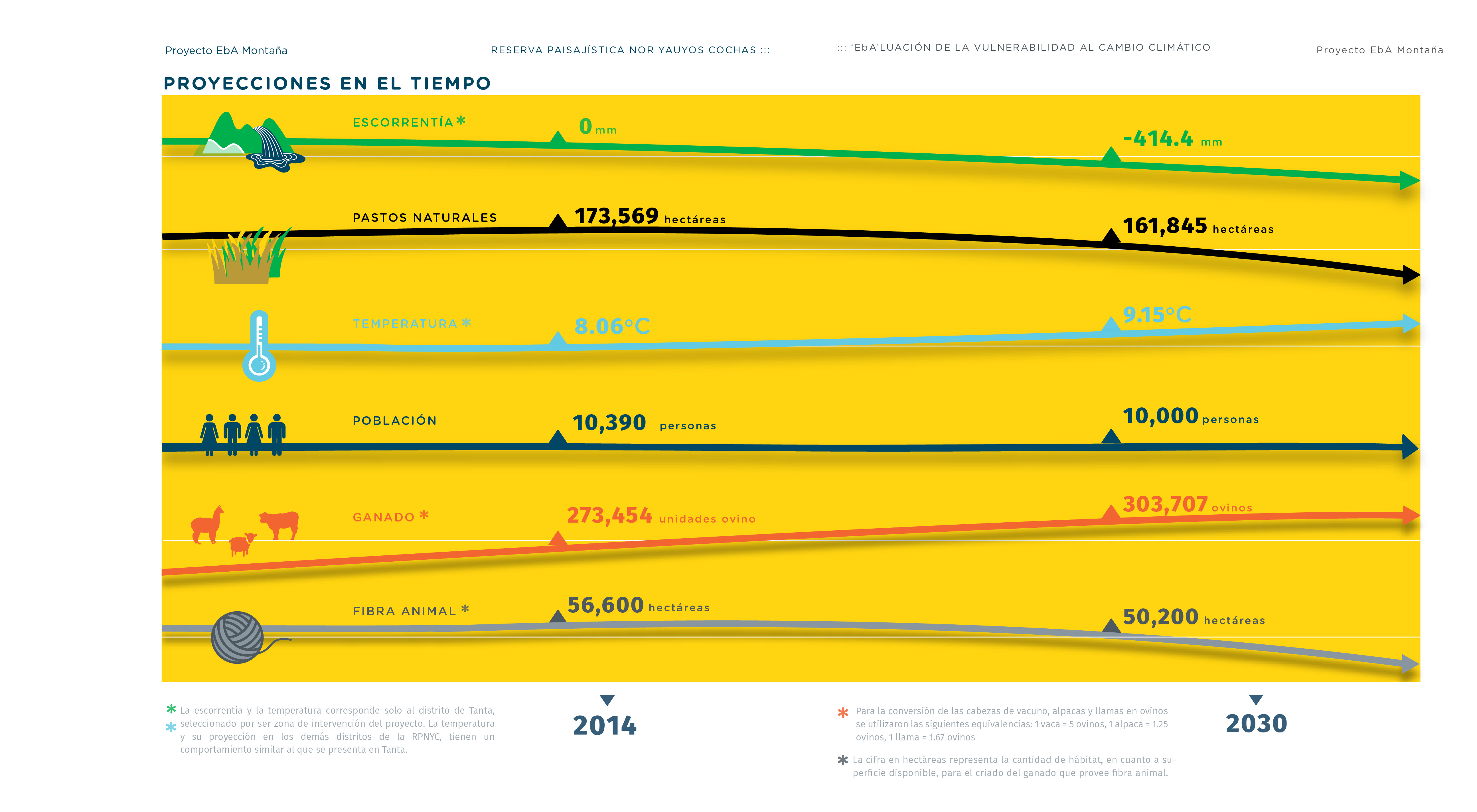An ecoregionalization process leading to the creation of one of the largest MPA in the world
Since 2011, the scientific community has engaged an ecoregionalization work, leading to the identification of important marine areas in the French Southern Lands (TAF) and neighbouring high sea. In this frame, Ecologically or Biologically Significant Marine Areas have been designated by the CBD that include a large part of TAF waters. In 2016, the outcomes of the CROMEBA program (Crozet Marine Ecosystem Based Approach) and a workshop on Kerguelen marine ecosystems informed the spatial conservation planning of the enlarged TAF nature reserve. Scientific inputs allowed designating more than 128 000 km2 of strict protection area (Cat. Ia. IUCN) and identifying priorities for actions for the new management plan. In a context of major knowledge gaps on marine ecosystems, the strengthening of research programs in poorly documented areas, in particular on deep-sea and offshore ecosystems, contribute to the regular update of the management objectives, regulations and protection status of the nature reserve. This work will also contribute to the development of the CCAMLR MPA network in Antarctica and the promotion of the creation of high sea MPAs.
- A strong involvement of the scientific community with whom the territory and the extension process raised a strong interest
- A favourable political context, with the implementation of the “Biodiversity Law” in France, allowing the development of MPAs in the French EEZ, and the CCAMLR initiatives towards the establishment of an MPA network in the Southern Ocean
- Uninhabited territories, scientists and fishermen being the only users of the nature reserve, which reduces the possible use conflicts
- Scientific expertise is essential to fill data gaps and deal with uncertainty.
- Ecoregionalization process is a key tool toward building effective spatial conservation planning
- Political support and international conventions are decisive for an MPA implementation
